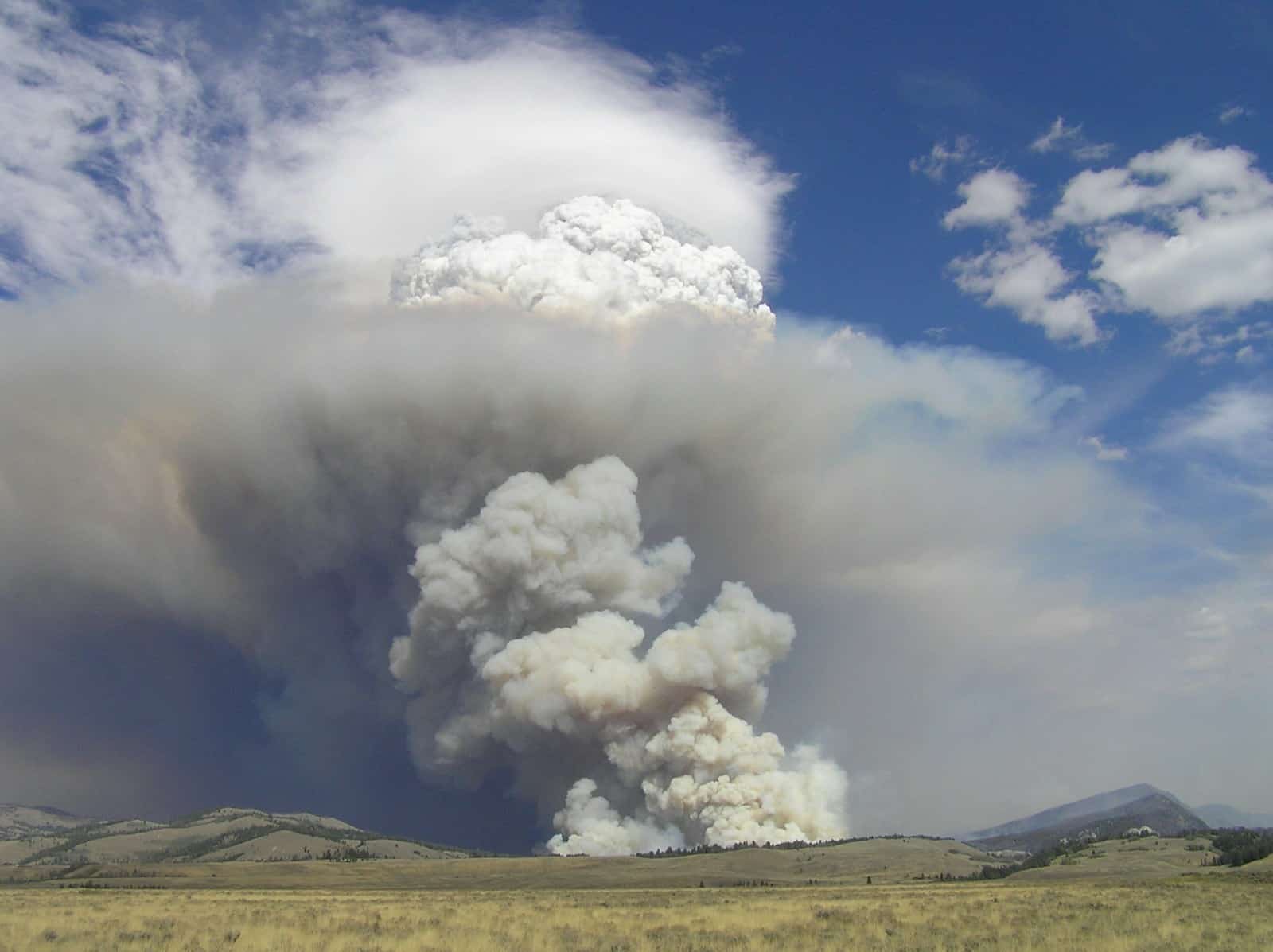San Francisco News

Massive planet too big for its own sun pushes astronomers to rethink exoplanet formation
Suvrath Mahadevan, Penn State; Guðmundur Kári Stefánsson, Princeton University, and Megan Delamer, Penn State Imagine you’re a farmer searching for eggs in the chicken coop – but instead of a chicken egg, you find an ostrich egg, much larger than anything a chicken could lay. That’s a little how our team of astronomers felt when we discovered a massive planet, more than 13 times heavier than Earth, around a cool, dim red star, nine times less massive than Earth’s Sun, earlier this year. The smaller star, called an M star, is not only smaller than the Sun in Earth’s solar

ChatGPT turns 1: AI chatbot’s success says as much about humans as technology
Tim Gorichanaz, Drexel University ChatGPT was launched on Nov. 30, 2022, ushering in what many have called artificial intelligence’s breakout year. Within days of its release, ChatGPT went viral. Screenshots of conversations snowballed across social media, and the use of ChatGPT skyrocketed to an extent that seems to have surprised even its maker, OpenAI. By January, ChatGPT was seeing 13 million unique visitors each day, setting a record for the fastest-growing user base of a consumer application. Throughout this breakout year, ChatGPT has revealed the power of a good interface and the perils of hype, and it has sown the

Forensic anthropologists work to identify human skeletal remains and uncover the stories of the unknown dead
Madeline Atwell, Clemson University and Katherine Weisensee, Clemson University A seasoned deer hunter is shocked when his hound dog trots up with a human femur clenched between its teeth. A woman veers off her normal urban walking path and happens upon a human skull. New property owners commission a land survey that reveals a set of human remains just below a pile of leaves. These examples are real cases handled by coroners’ offices where we have assisted as forensic anthropologists. What happens after someone inadvertently discovers a human body? How are human skeletal remains identified? It can be a major

Forget dystopian scenarios – AI is pervasive today, and the risks are often hidden
Anjana Susarla, Michigan State University The turmoil at ChatGPT-maker OpenAI, bookended by the board of directors firing high-profile CEO Sam Altman on Nov. 17, 2023, and rehiring him just four days later, has put a spotlight on artificial intelligence safety and concerns about the rapid development of artificial general intelligence, or AGI. AGI is loosely defined as human-level intelligence across a range of tasks. The OpenAI board stated that Altman’s termination was for lack of candor, but speculation has centered on a rift between Altman and members of the board over concerns that OpenAI’s remarkable growth – products such as




